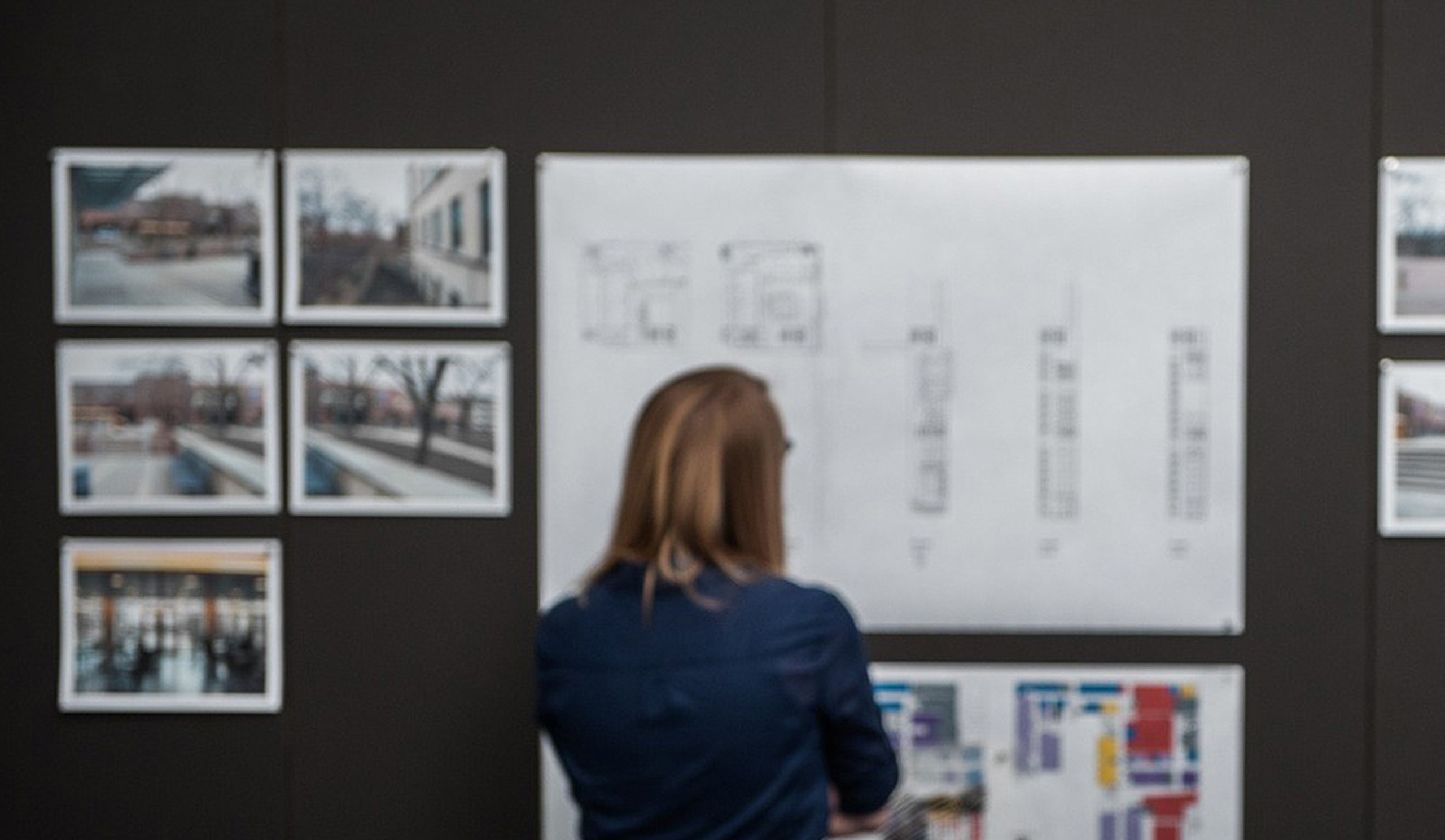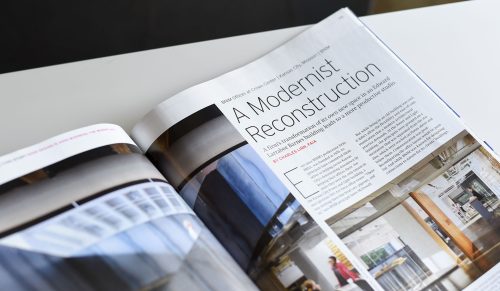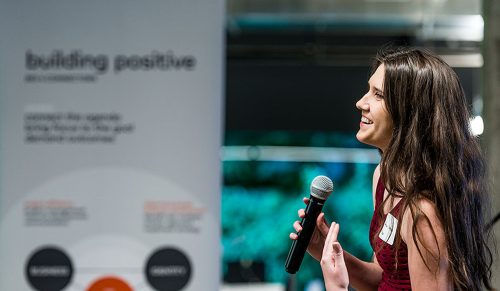
Equity in Architecture: The Current Climate in Kansas City
On an unseasonably warm February afternoon, about 40 members of AIA Kansas City gathered at the Center for Architecture and Design to hear from members of design, education, community, and construction, and their thoughts on the results of a year-long survey of the state of Equity in Architecture in Kansas City.
A committee as part of AIA Kansas City, the Equity in Architecture group was formed in response to AIA National’s call for greater inquiry into the issues surrounding the diversity of the profession, including barriers before and during architecture school, after graduation, during mid-career, and up to top leadership roles. The group’s co- chairs, Shahad Sadeq and Samantha McCloud, began with a focus on advocacy, connection, and education. But understanding where to start required a survey of the current climate in Kansas City.
Over the span of three months, AIA Kansas City members were asked about issues covering firm benefits related to recruitment and retention, perception of the culture at firms and in Kansas City, along with demographics. With more than 250 respondents, the survey uncovered a few key findings:
1 Survey respondents with higher job satisfaction, compensation, and job responsibility were more likely to report having a mentor or advocate than those who did not.
While not a definite cause, this may suggest that having a mentor encourages employees to search out more fulfilling jobs and to ask for adequate compensation. Less than half of survey participants reported that their company provides a mentorship or advocate program. This may be an area for firms to improve the long-term satisfaction and growth of employees.
2 When it comes to work-life balance, firm culture and benefits play a large role.
Ninety percent of survey respondents report that their firm supports flexibility for family life, thanks to benefits like maternity and paternity leave, but also to more cultural items like flex hours and remote work opportunities. Additionally, there is a clear decline in work-life balance as typical hours per week increases or PTO hours decrease, speaking to the value of letting employees rest and restore to avoid burnout.
3 Across all demographics, lack of women in leadership and the need to increase minority recruitment and inclusion in the field were top issues that need to be addressed.
Luckily, a large majority (93%) believe that AIA Kansas City should advocate for diversity to address these issues, and most (81%) feel comfortable advocating both inside and outside their own company.
The panel included Joy Coleman, AIA, Principal at Treanor, Tony Rohr, FAIA, National Managing Principal at Gould Evans, Laura Beth Cochran, AIA, Architect at DLR, Nilou Vaki, Director of Strategic Initiatives for KU Architecture, Greg Valdovin, Diversity & Inclusion Director at the KC Chamber of Commerce, and Rachel Treanor, Director of Business Development and Marketing at Crossland Construction.
Members of the panel reported that simply bringing more voices to the table brought light to and began to decrease the pay gap. Also, students are increasingly looking to design for social impact and to create architecture that addresses equity issues beyond our field. Multiple panelists talked about how having a mentor, whether within their company or outside, to advocate for them helped provide the drive to do the same for others.
The Equity in Architecture group is planning to take the survey results on tour and present them to local firms and universities in the Kansas City area, as well as speaker events and action-oriented discussions focusing on pay scale transparency, mentorship, diversity education, and financial resources for students.
There are plenty of ways to continue the conversation about equity and diversity at your firm. If you don’t know where to start, attending the next Equity in Architecture open meeting is a great first step to find out how to bring the discussion to your firm and community. You can ask your HR representative to request a presentation by the Equity in Architecture committee on the survey’s findings, or go over the results with them to bring the topics of work-life balance, transparency in hiring and promotion, and improving diversity in the field into your office.
You can access the Equity in Architecture Survey Report here.

